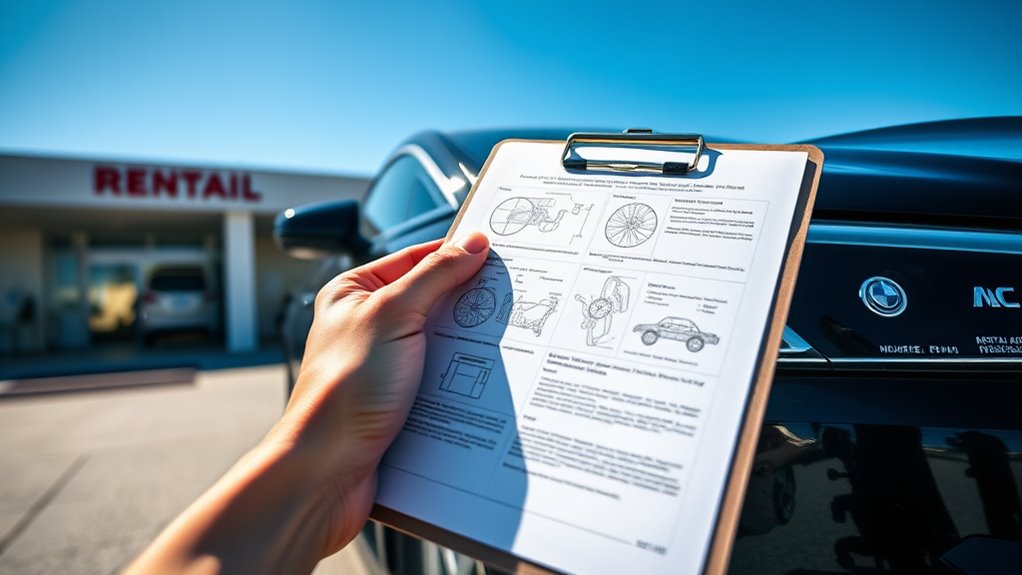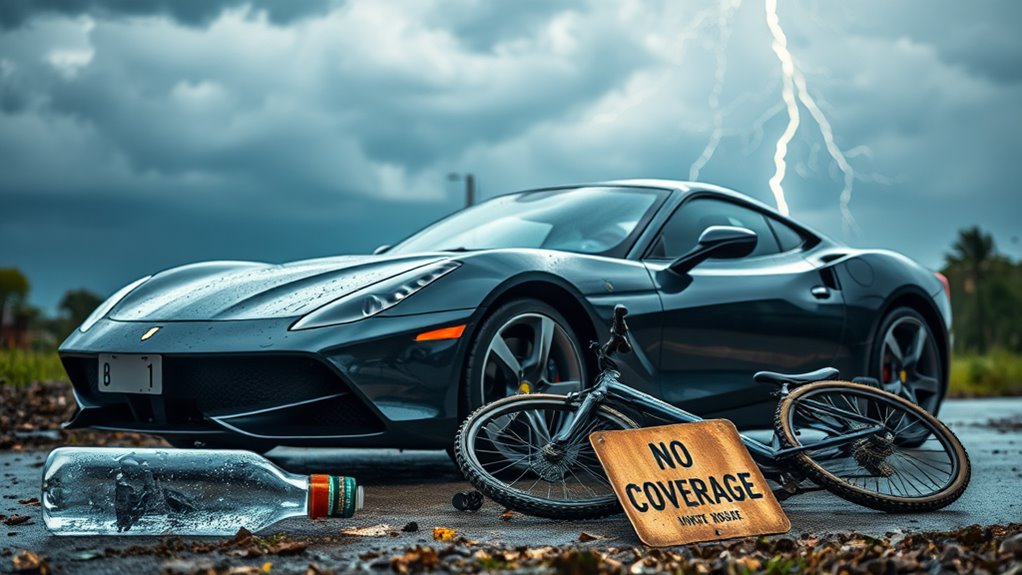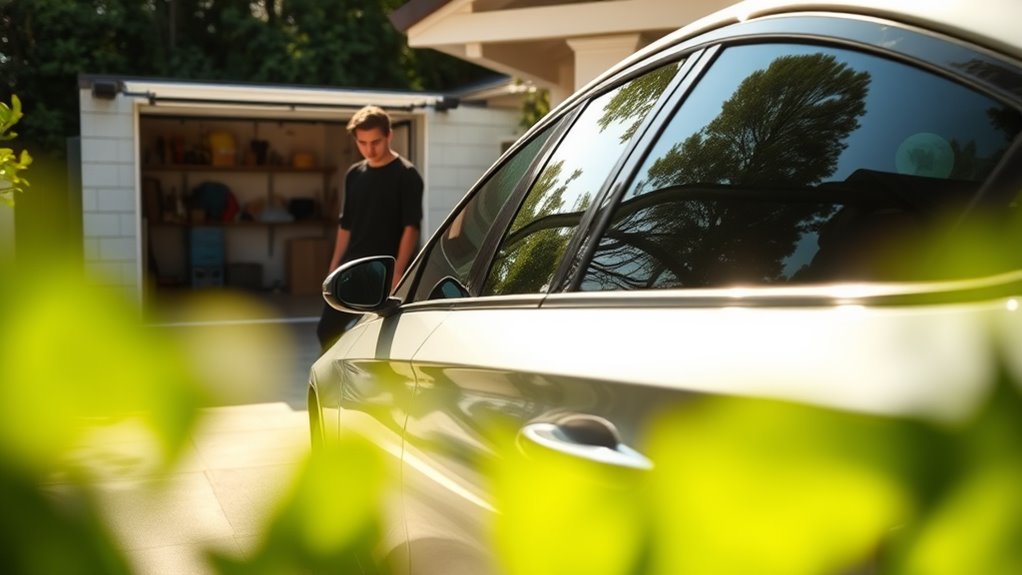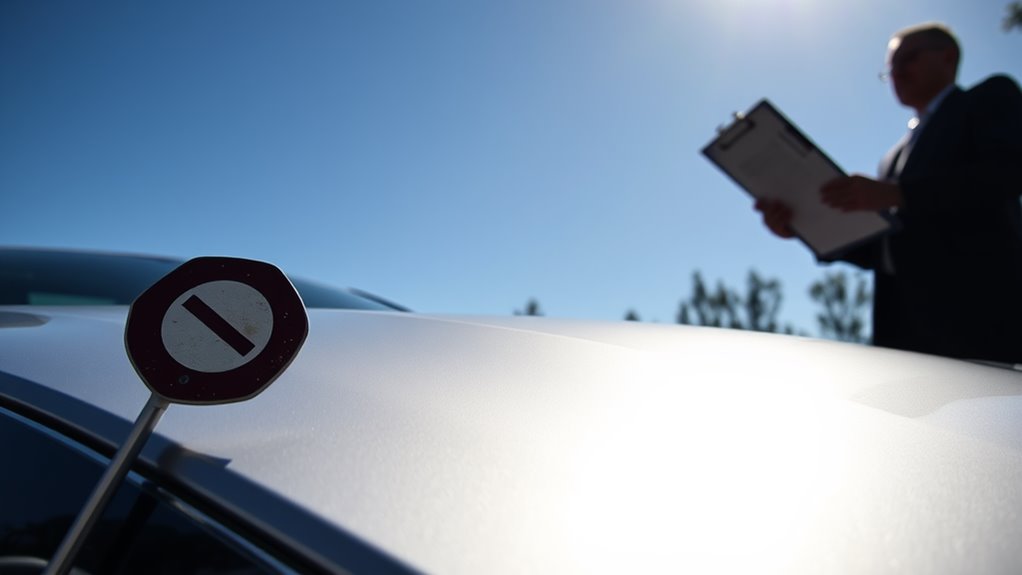You'd think that renting a car would be straightforward, yet many overlook critical limitations in non-owner policies. These policies often fail to cover damages to the rental vehicle or personal belongings, leaving you financially exposed. Additionally, intentional damage and business-related use are typically excluded. Understanding these gaps is essential, especially if you find yourself in an accident. What could this mean for your finances and insurance strategy?
When renting a car, understanding the limitations of your coverage is vital, especially if you rely on non-owner insurance. This type of insurance provides liability coverage for drivers who don't own a vehicle but operate rented or borrowed cars. However, it's important to know that non-owner insurance is generally considered secondary coverage, meaning it kicks in only after the primary insurance—typically the rental company's policy—has paid out. If you don't fully grasp these nuances, you might face unexpected financial exposure during an accident.
One of the primary limitations of non-owner insurance is that it doesn't cover damage to the rented vehicle itself or any theft of that vehicle. If you were to cause an accident that damages the rental car, your non-owner policy won't cover repair costs, which could lead to significant out-of-pocket expenses. This is a stark contrast to standard auto insurance, which usually includes damage to your own vehicle. As a result, if you're relying solely on non-owner insurance, you should be prepared for the possibility that you'll need to pay for any damages directly. Additionally, rental car insurance options can vary significantly, so it's wise to explore all available coverage.
Non-owner insurance doesn't cover rental car damage, leaving you liable for repair costs after an accident.
Moreover, while non-owner insurance might be cheaper than purchasing liability coverage from a rental agency, it's important to evaluate whether it meets all your insurance needs. This coverage generally extends to bodily injury and property damage you may cause while driving a rented vehicle, but it typically excludes personal belongings, intentional damage, and any use of the vehicle for business purposes. These exclusions can leave you vulnerable in specific scenarios, so you'll want to assess your driving habits and circumstances carefully. Most rental cars in the U.S. come with liability insurance that meets state minimums, which may be insufficient for covering all potential costs.
Eligibility for non-owner insurance requires you to have a valid driver's license and not own a car or have regular access to one. This can limit its applicability for some individuals. While there's no minimum age requirement, younger drivers might face higher premiums, making it less cost-effective for them. If you frequently rent cars, a non-owner policy offers a consistent layer of liability coverage without the hassle of purchasing separate insurance each time. However, you need to weigh that against the limitations of the policy.
Additionally, while some non-owner policies may include perks like medical payments or roadside assistance, these features vary by provider. You might find that rental companies offer primary coverage through credit cards, which can be a more thorough alternative. With credit card insurance, you could avoid the daily fees associated with rental agency insurance and potentially have broader coverage.
Ultimately, while non-owner insurance provides a convenient and often cost-effective solution for liability coverage, it's critical to understand its limitations. By being aware of what's excluded and the circumstances under which your coverage applies, you can better protect yourself from unexpected financial liabilities when renting a car. Making an informed decision will guarantee you're adequately covered during your rental experience.
Conclusion
In summary, managing rental car coverage with non-owner policies is like walking a tightrope; it requires careful balance and understanding. Without coverage for damage or personal belongings, you could face unexpected costs after an accident. Recognizing these limitations guarantees you're not left in a lurch when it matters most. Always assess your needs and consider additional coverage options to safeguard against potential pitfalls. It's better to be prepared than to be caught off guard.








